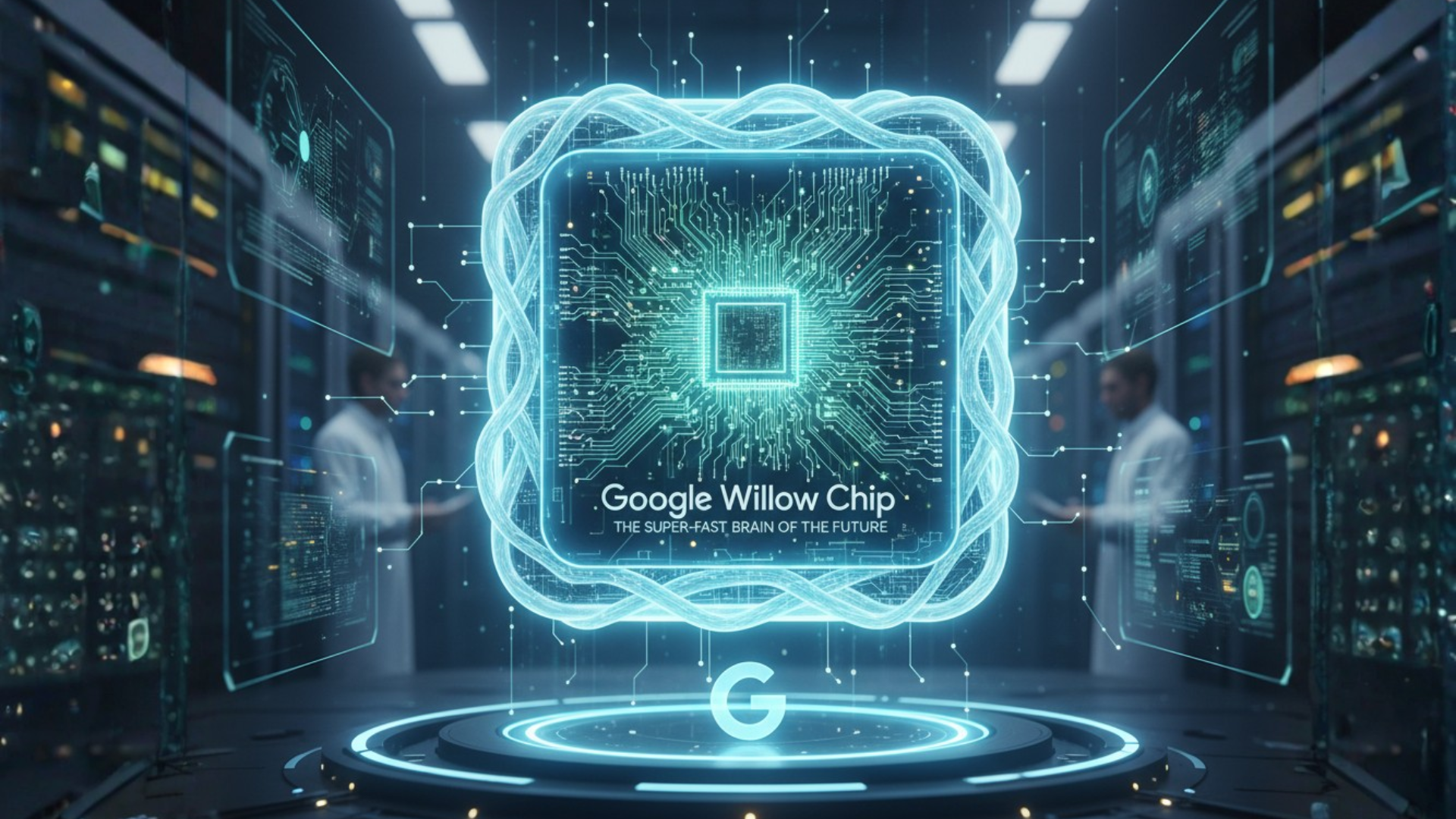Have you ever imagined a computer so clever and powerful that it can solve glitches almost instantly—problems that even the world’s best supercomputers can’t handle? That’s exactly what Google’s new Willow quantum chip has done.
What Is Quantum Computing?
Most computers we use nowadays—like laptops or phones—are called classical computers. They use tiny switches called bits that can be either 0 or 1 to do calculations.
A quantum computer, on the other hand, uses qubits, which can be both 0 and 1 at the same time. This allows them to process much more information very quickly. It’s like having a calculator that can test many answers all at once instead of checking them one by one.
Google’s Big Discovery
Google says its Willow chip, which controls its quantum supercomputer, has achieved something amazing—it solved a very tricky math problem 13,000 times faster than the best usual supercomputer on Earth.
This problem couldn’t be solved by regular computers before, but Willow achieved to do it with ease. This is a big step forward for science and knowledge.
How Did They Do It?
The scientists at Google used something called the Quantum Echoes algorithm. Think of it like a film that you can play backward to understand how everything happened in slow motion.
By reversing the flow of quantum data, experts can see how tiny particles, like molecules, move and cooperate. It helps them study secrets of the universe that were hidden before.
To make this work, the Willow chip had to perform thousands of precise actions, called “quantum gates.” It also gathered a huge amount of data—like wisely tuning a radio to catch a faint signal.
The Power of the Willow Chip
Google’s new Willow chip has 105 qubits and is very accurate—it makes errors only 0.03% of the time. It also works extremely fast, completing responsibilities in billionths of a second.
That’s like a race car finishing a lap before you can even flicker.
Why This Matters
This breakthrough is a big leap toward building real and valuable quantum computers. In the future, this technology could help scientists create new medicines, design better materials, and solve global glitches much faster than ever before.
The Willow chip isn’t just another part of hardware—it’s a look into the future of how computers will think and learn.



